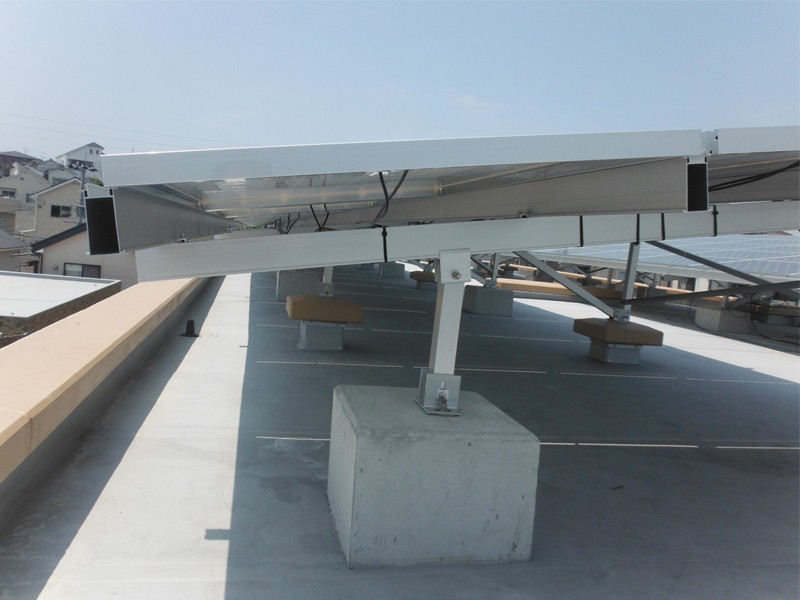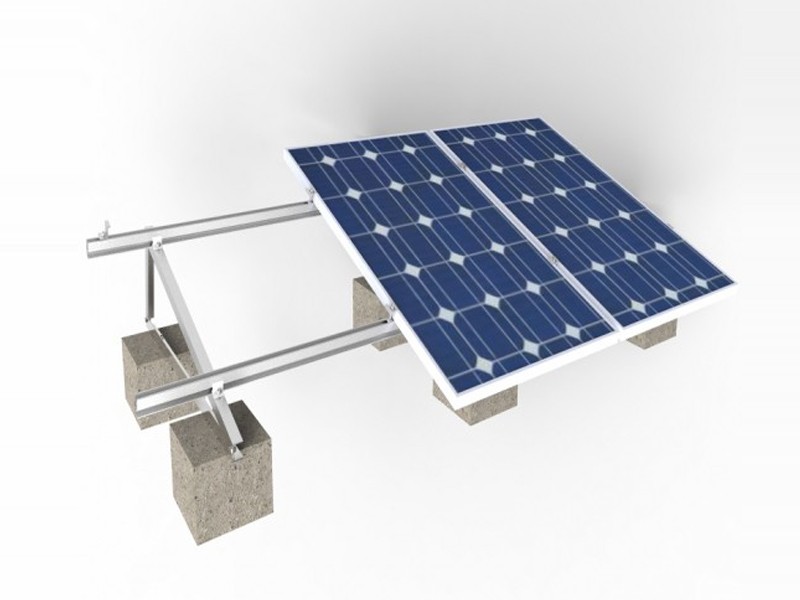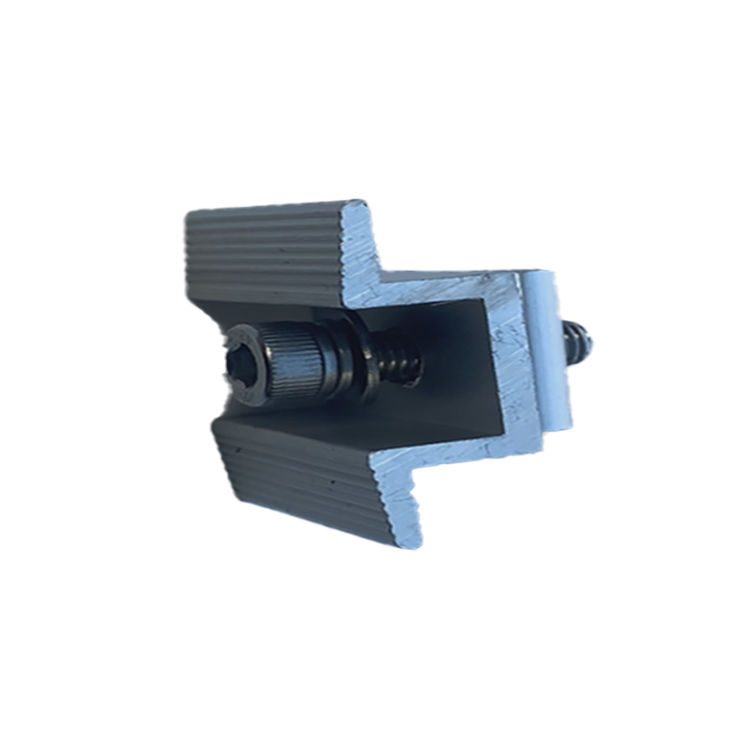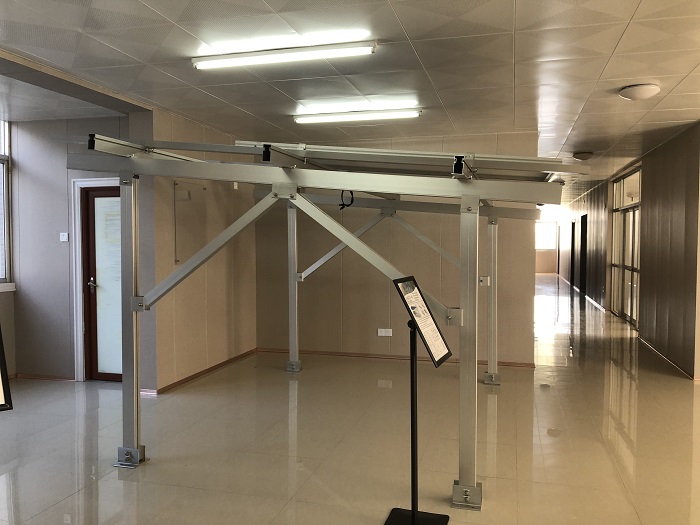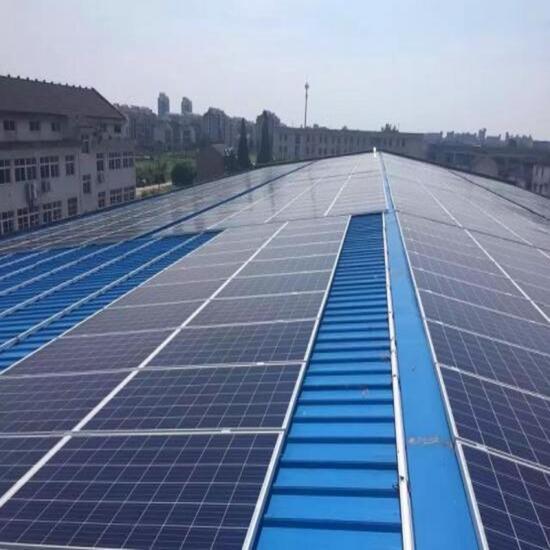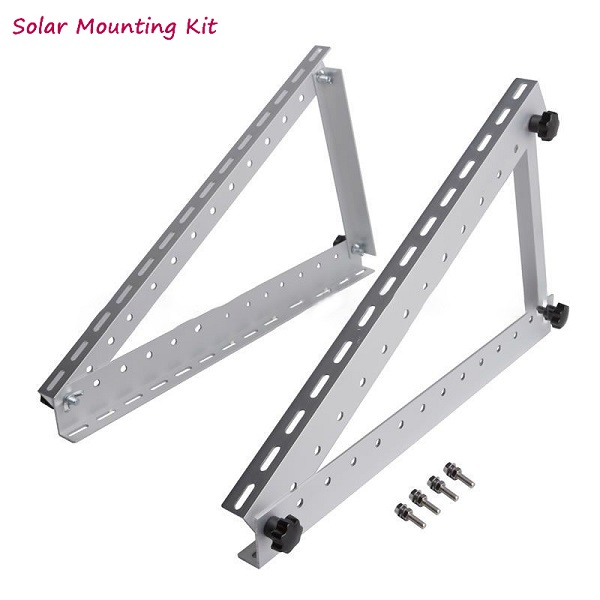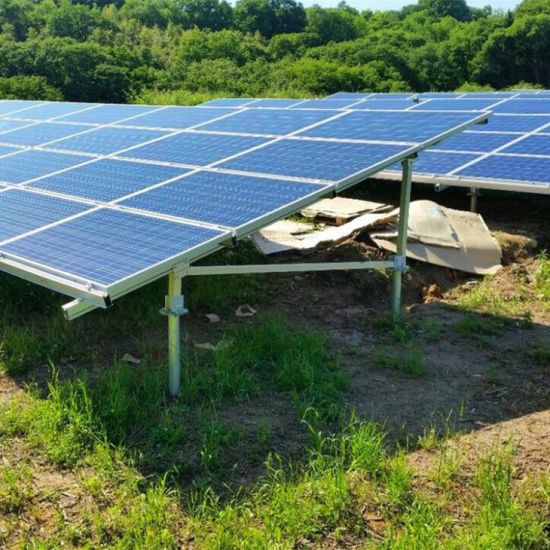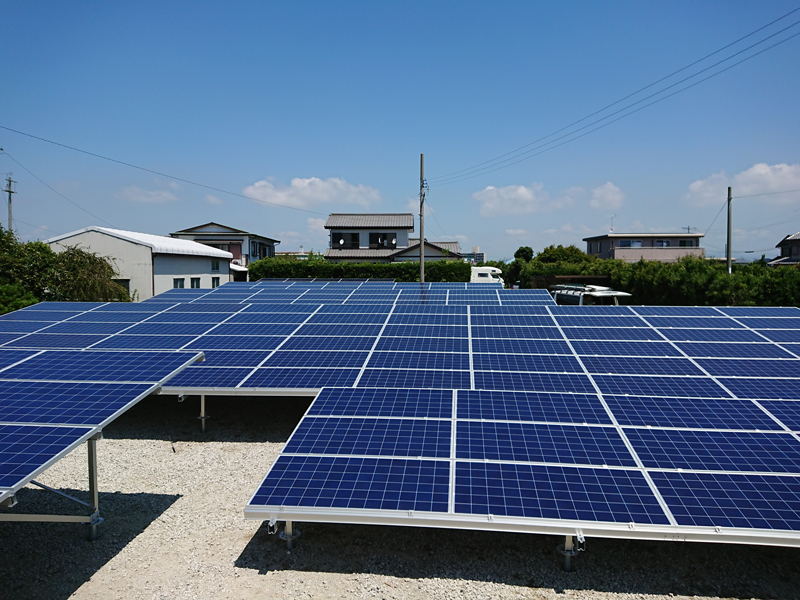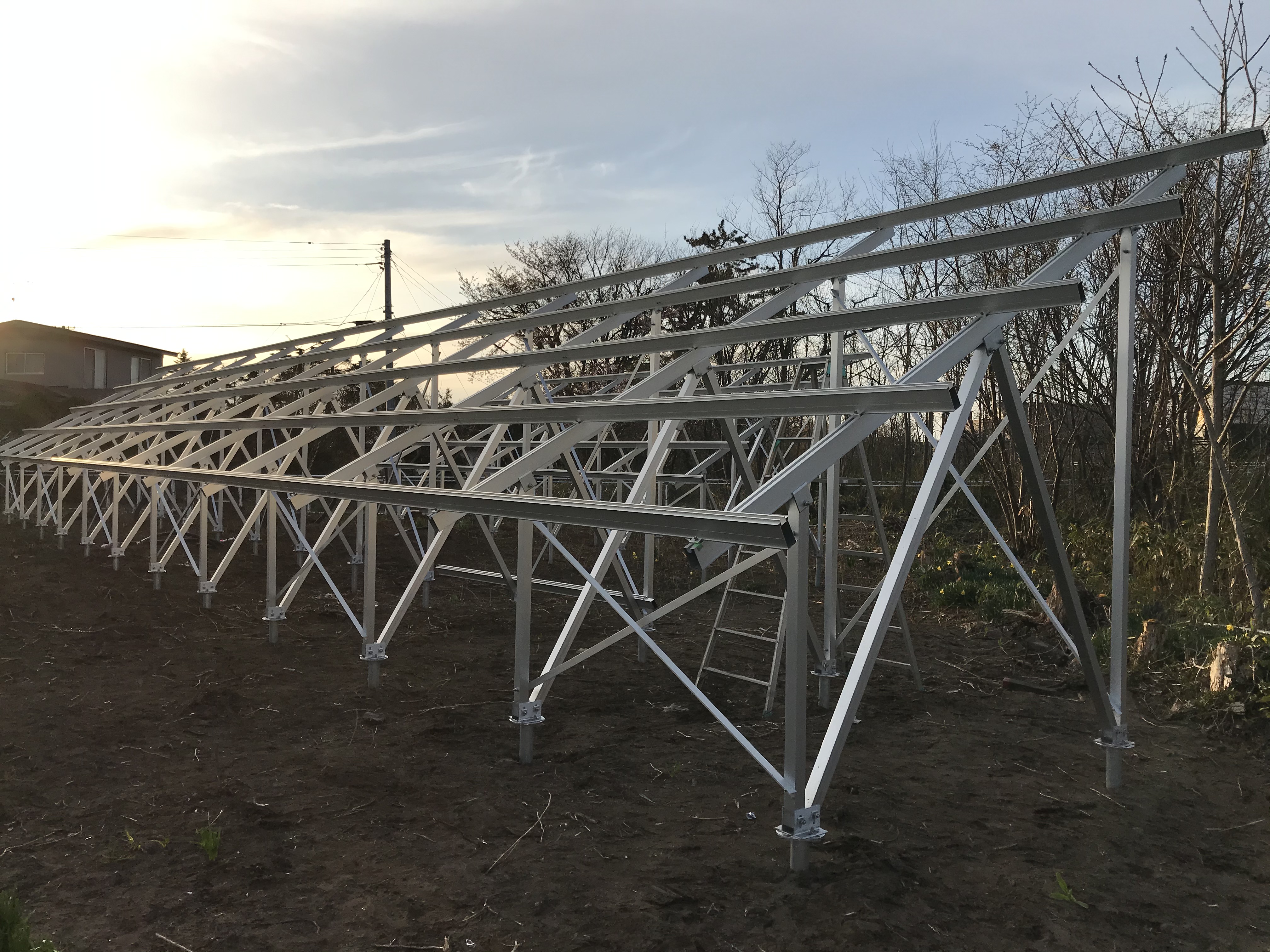Introduction to Solar Mounting Systems
Solar mounting systems are an integral part of any solar power system, as they provide the necessary support and structure to hold the solar in place. These systems serve the dual purpose of ensuring the proper functioning of the solar panels, while also protecting them from damage and ensuring their longevity.
The main purpose of solar panel mounting systems is to position the solar panels in a way that maximizes their exposure to sunlight, thus increasing the efficiency of the system. This, in turn, leads to greater energy production, cost savings, and a faster return on investment.
There are several types of solar panel mounting systems, including roof-mounted systems, ground-mounted systems, pole-mounted systems, and tracker systems. Each type of mounting system has its own unique advantages and disadvantages, and the type of system used will depend on various factors, including the type of solar panels being used, the location of the system, and the specific requirements of the homeowner or business.
In summary, solar panel mounting systems play a crucial role in the success of any solar power system. Understanding the different types of systems and the benefits they provide is the first step in making an informed decision when it comes to installing a solar power system.
What are the different types of solar mounting systems?
There are several types of solar panel mounting systems available, each with its own unique advantages and disadvantages. In this chapter, we’ll take a closer look at some of the most common types of mounting systems.
Roof-mounted systems
As the name suggests, roof-mounted systems are installed directly on the roof of a building. This type of mounting system is best suited for buildings with flat or slightly sloped roofs. Roof-mounted systems are popular due to their convenience, as they do not take up any ground space and are less likely to be affected by shading from nearby trees or buildings.
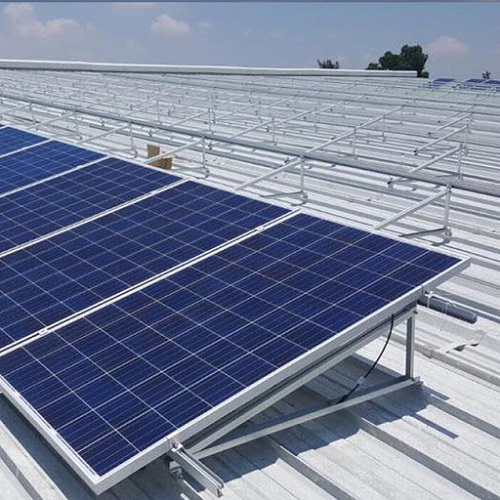
Ground-mounted systems
Ground-mounted systems are installed directly on the ground and are best suited for homes and businesses with large, open spaces. This type of mounting system allows for maximum flexibility in terms of panel orientation and placement, as the panels can be positioned to receive maximum sunlight.
What is the best way to mount solar panels?
Installing a solar panel mounting system requires a level of skill and expertise, and it is typically best left to a licensed professional. The installation process typically involves the following steps:
Site assessment: A site assessment is conducted to determine the best location for the solar panels and to ensure that the mounting system is suitable for the specific location.
Preparation of the site: This may include clearing the area of debris, preparing the roof or ground for installation, and installing any necessary electrical components.
Assembly of the mounting system: The mounting system is assembled on site, following the manufacturer’s instructions.
Installation of the solar panels: The solar panels are mounted onto the mounting system, taking care to ensure that they are securely attached and properly aligned.
Connection to the electrical system: The solar panels are connected to the electrical system, either through a battery system or through an inverter that converts the DC power produced by the panels into AC power for use in the building.
Proper installation is crucial for ensuring that the solar panels perform at optimal levels and for ensuring the longevity of the mounting system. Poorly installed systems are more likely to experience problems, such as damage from wind or moisture, and may require frequent repairs.
Maintenance requirements for solar panel mounting systems vary depending on the type of system and the specific components used. However, it is recommended to conduct regular inspections to ensure that the panels are properly aligned, securely attached, and free from damage or debris. Cleaning the panels on a regular basis will also help to maintain their efficiency.
While installing a solar panel mounting system may seem like a daunting task, it is a crucial step in the successful implementation of a solar power system. By following proper installation procedures and conducting regular maintenance, you can ensure that your solar panels perform at optimal levels for years to come.
The Benefits of a good Solar Panel Mounting Systems
Solar panel mounting systems offer numerous benefits, both for homeowners and businesses alike. Some of the key benefits include:
Increased energy production: Properly installed solar panel mounting systems ensure that the panels are positioned in a way that maximizes their exposure to sunlight, leading to increased energy production and cost savings.
Longevity and protection: A well-constructed mounting system helps to protect the panels from damage and ensures their longevity, ensuring that the system continues to perform at optimal levels for many years.
Cost savings: By maximizing energy production and reducing the need for repairs and maintenance, solar panel mounting systems can result in significant cost savings over time.
Environmentally friendly: Solar power systems are a clean, renewable energy source that do not produce greenhouse gas emissions, making them a environmentally friendly alternative to traditional energy sources.
Improved property value: Installing a solar power system can improve the value of a property, making it a valuable investment for homeowners and businesses alike.
Solar panel mounting systems offer numerous benefits that make them a smart investment for any home or business. From increased energy production and cost savings, to improved property value and environmental responsibility, there are many reasons why a solar power system is a worthwhile investment.

